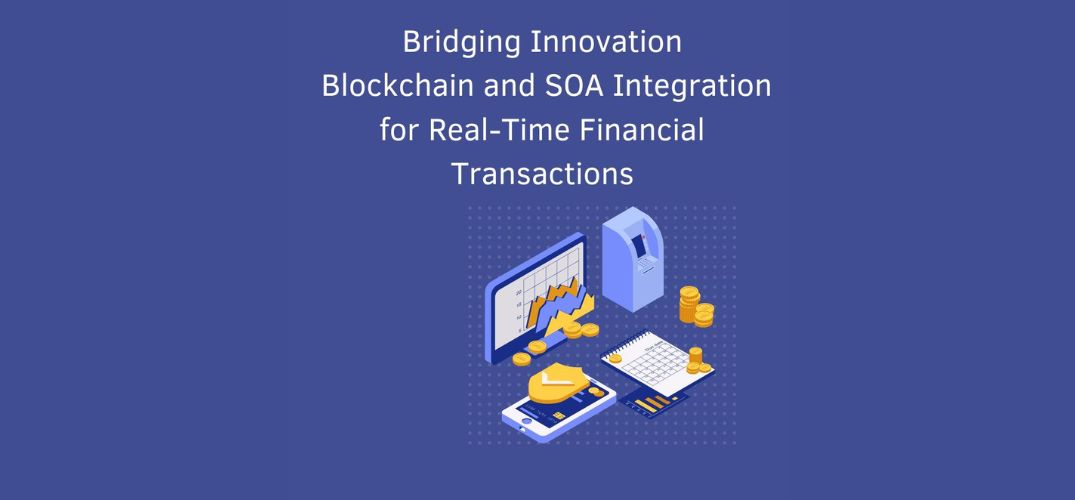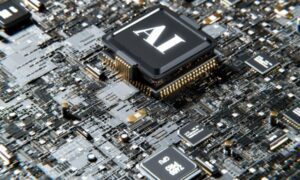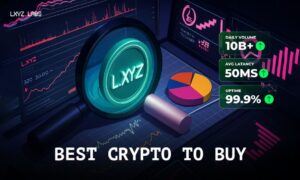In this digital era, financial institutions are under constant pressure to provide faster, safer, and more efficient transaction processing systems. The evolution of technology has led to groundbreaking innovations aimed at enhancing security and operational efficiency. In this context, Nagireddy Vasipally presents a pioneering framework that integrates blockchain technology with SOA-based architecture, redefining real-time financial transaction processing. This integration strengthens security and optimizes transaction speeds and regulatory compliance.
The Need for Secure and Instant Transactions
Traditional financial systems face security risks, inefficiencies, and delays due to intermediaries. The demand for instant transactions drives enterprises toward scalable solutions. Blockchain ensures transaction integrity with its immutable ledger, while SOA enables seamless automation. Their integration enhances security and efficiently enables real-time payment settlements.
A Framework for Integration
Integrating blockchain with SOA introduces a hybrid architecture designed for seamless financial transactions. This model leverages smart contracts to automate validations, enhancing accuracy and efficiency. Additionally, it utilizes blockchain’s encryption protocols to secure data while reducing the risk of fraudulent transactions. This framework addresses key industry challenges such as compliance with regulatory standards, scalability, and interoperability with legacy systems.
Smart Contracts: Automating Compliance and Efficiency
Smart contracts are crucial in ensuring compliance and operational efficiency within financial ecosystems. These self-executing digital agreements validate transactions in real-time, eliminating manual intervention. The proposed integration embeds smart contracts within the financial transaction workflow, significantly reducing processing times while ensuring regulatory adherence. Moreover, smart contracts minimize human error and mitigate risks associated with traditional validation processes.
Optimized Data Processing Pipelines
Financial institutions handle massive transactions daily, requiring efficient processing. Optimized data pipelines enable high-speed transactions, while blockchain’s consensus mechanisms ensure parallel verification, reducing bottlenecks. SOA’s service orchestration streamlines module communication, enhancing system throughput and ensuring seamless transaction flows for improved efficiency and reliability.
Addressing Scalability Challenges
Scalability remains crucial for financial systems aiming to accommodate growing transaction volumes. The hybrid model enhances scalability by distributing workloads efficiently across blockchain nodes and SOA components. This decentralized approach ensures that transaction validation processes remain swift, even during peak load periods. Furthermore, by utilizing distributed ledger technology, financial institutions can maintain data consistency without compromising speed.
Security Enhancements with Distributed Ledger Technology
Security remains a top priority for financial institutions, especially with the increasing sophistication of cyber threats. The proposed blockchain-SOA integration incorporates multi-layered security protocols, including encryption, access controls, and immutable ledger mechanisms. These security enhancements protect sensitive financial data from unauthorized access while ensuring transparency and auditability. Logging blockchain’s cryptographic features maintains transaction integrity throughout the processing cycle.
Real-Time Payment Messaging and Validation
The integration framework features an advanced payment messaging structure for real-time transaction verification. Blockchain’s consensus mechanisms ensure rigorous authentication, preventing duplicates and unauthorized modifications. Enhanced messaging protocols enable secure communication between financial entities, improving reliability and efficiency in payment processing while maintaining high security and transactional integrity.
Regulatory Compliance and Financial Transparency
Regulatory compliance is a key concern for financial institutions, particularly in light of evolving financial regulations. The blockchain-SOA framework ensures adherence to regulatory requirements by providing transparent transaction records and audit trails. The immutability of blockchain data allows financial entities to maintain accurate logs for regulatory reporting, reducing the complexities associated with compliance audits. Additionally, the integration enhances fraud detection mechanisms by enabling real-time monitoring of transactional activities.
The Future of Blockchain-SOA Integration
The successful integration of blockchain with SOA-based systems marks a significant step toward modernizing financial infrastructures. As financial institutions continue to embrace digital transformation, this hybrid model presents a scalable and secure solution for real-time transactions. Future advancements may further optimize processing speeds, enhance security protocols, and expand the use of blockchain beyond financial services.
In conclusion, Nagireddy Vasipally has presented an innovative approach that revolutionizes financial transaction processing by integrating blockchain technology with SOA. This hybrid framework offers a secure, scalable, and efficient solution for real-time payments, addressing critical industry challenges. Financial institutions can achieve unparalleled security, speed, and compliance by leveraging blockchain’s decentralized architecture and SOA’s orchestration capabilities. As digital finance continues to evolve, such integrations will play a pivotal role in shaping the future of secure and efficient financial transactions.


































